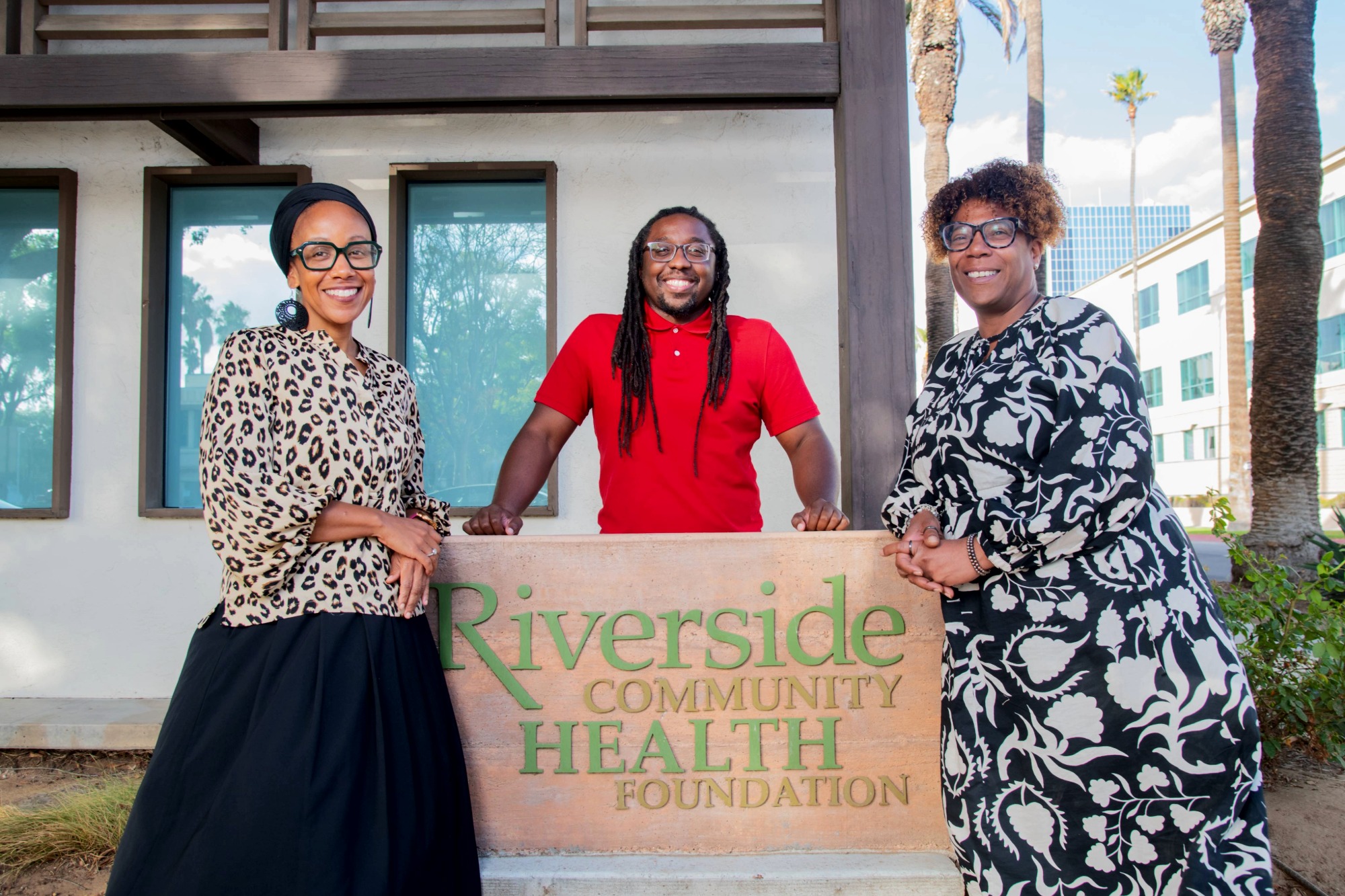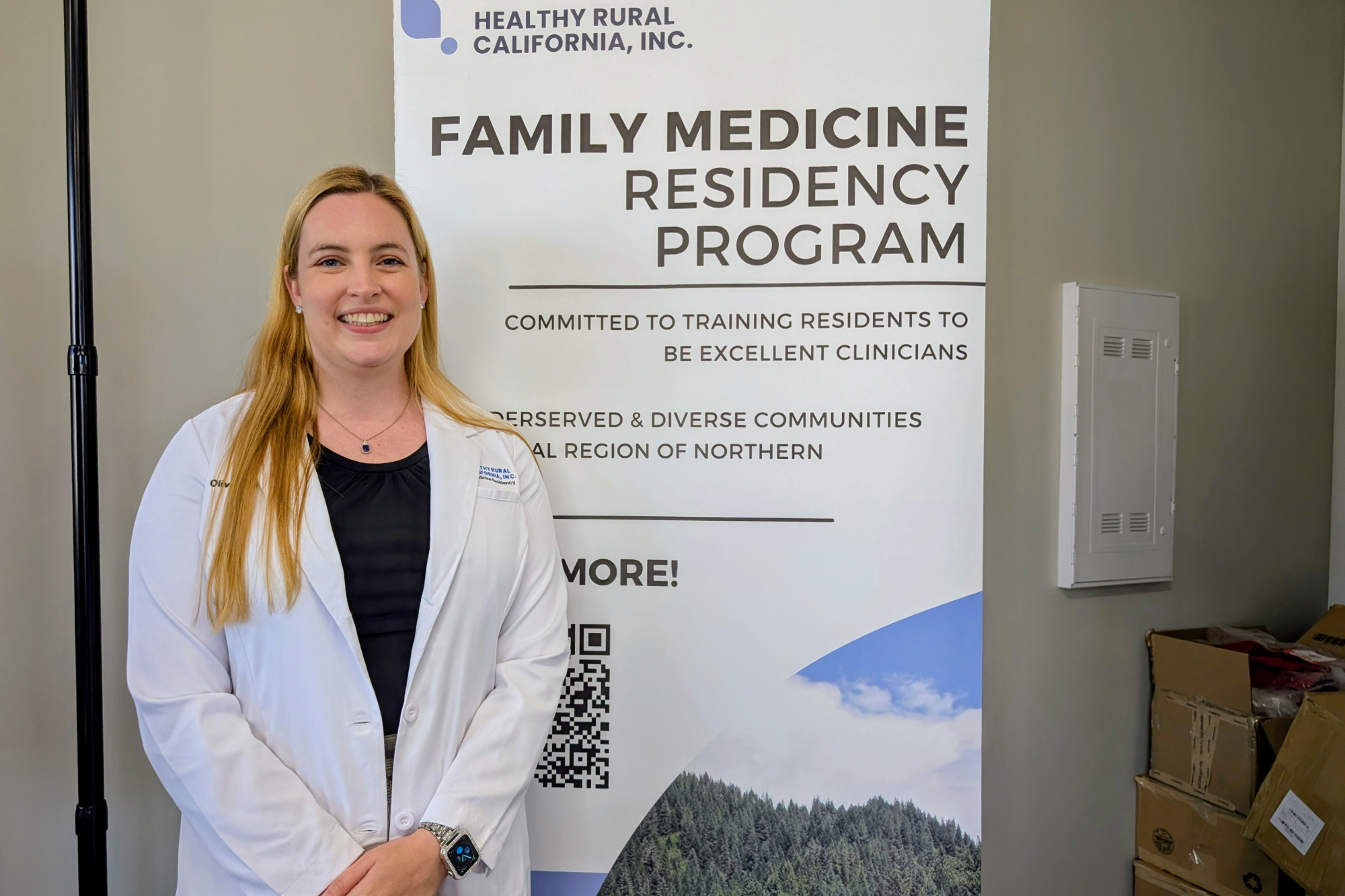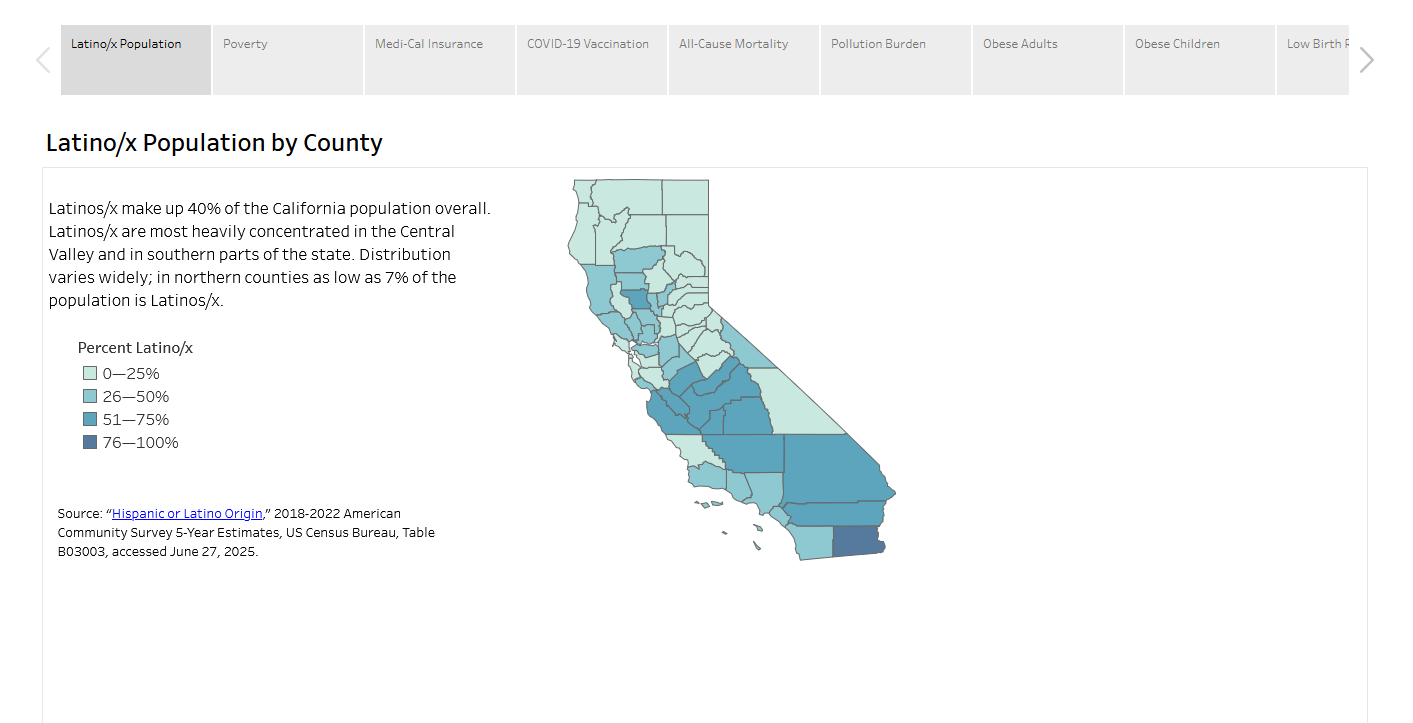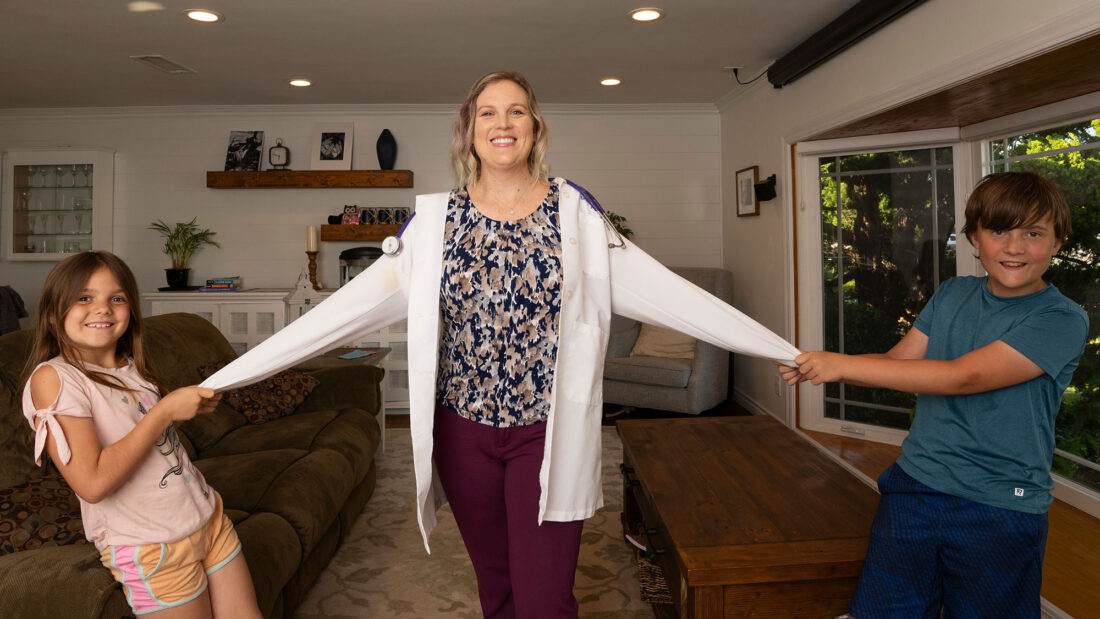
When Tiffany Damikolas gets home from work at the clinic in Santa Ana, she likes to throw the ball around with her 10-year-old son. And she can watch her 8-year-old daughter do gymnastics after school on Wednesdays, “stress free!” for the first time in years.
Life changed for Damikolas early this spring. Until then, she labored into the evenings reviewing patient charts and drafting medical notes that she couldn’t complete during the day. Her children had to sit quietly with their screens until mom came up for air. Then on April 7 the AltaMed health clinics turned on a new ambient listening technology in her exam room.
Now she doesn’t have to take notes on the computer while talking to patients. The artificial intelligence (AI) device listens to the conversation, transcribes it, analyzes and refines the content, and then cranks out a written summary for the patient in 15 seconds. The AI scribe also drafts a medical note for the doctor to review, edit, and approve later.
This AI tool has given Damikolas her life back — her life in medicine and her life as a mom.
Reduced Physician Documentation Burden
AltaMed Health Services is one of the largest Federally Qualified Health Centers (FQHCs) in the United States, with 38 clinics in Los Angeles County and eight in Orange County, where Damikolas is a pediatrician and regional medical director. The ambient listening product that AltaMed introduced is called Abridge.
There are many AI products on the market that can listen to the patient encounter and draft a medical note, including from industry giants like Microsoft. The reason AltaMed went with Abridge is that its technology has been trained to listen to and understand many different languages. Abridge offers health care customers 28 languages, including the 16 most-often spoken in the US.
What Languages Does Abridge Speak?
Here are the 28 languages that Abridge says its AI scribe is capable of recognizing and writing in:
English, Spanish, Chinese (Mandarin and Cantonese), Japanese, Italian, Tagalog, Vietnamese, Arabic, French, Korean, Russian, German, Haitian, Creole, Polish, Romanian, Finnish, Turkish, Hungarian, Bulgarian, Catalan, Danish, Czech, Portuguese, Indonesian, Ukrainian, Dutch, and Hindi.
For an immigrant-rich population like Southern California, that’s the essential skillset. Medi-Cal providers are expected to be able to communicate with patients in 18 languages, including Ukrainian, Vietnamese, and Laotian.
“We think about making sure this technology can spread to every single doctor and every single spoken language,” said Shiv Rao, MD, the cardiologist who is CEO and founder of Pittsburgh, Pennsylvania-based Abridge. “That’s what it takes to meet patients where they are. That sacrosanct moment between the professional and the patient — that trickles down to all the other aspects of care delivery.”
Supporting AI Adoption with Funding
The California Health Care Foundation (CHCF) is keen to support these language capabilities and to make sure ambient scribing and other AI tools are available to providers participating in the Medicaid marketplace. For that reason, the foundation’s Innovation Fund invested $750,000 in Abridge’s Series D funding in an effort to ensure that the safety net has equitable access to AI. There’s growing evidence that ambient scribing technologies improve the experiences of providers and their patients, and ambient scribing is estimated to be one of the fastest growing technology adoptions in health care, said Stella Tran, senior program investment officer with the Innovation Fund.
“It’s critical that safety net providers have the same access to these technologies as their counterparts,” Tran said. Because of the impact and ease of implementation, ambient scribing could open the door to other AI adoption for safety net providers. “Many of our providers are interested in using AI, but there’s a range of considerations for them. How much does this cost? How do we do it safely? How do we inform our patients? Starting with a tool like ambient scribing enables providers to see the benefits of AI in their program and establish the foundation for other implementations.”
Many AI products have not been developed or tailored to support safety net providers. A patient visit at a FQHC may require a provider to understand different languages being spoken in a single conversation that is rich with data on social determinants of health. “It’s a critical feature for our providers — the ability for the ambient scribe to automatically switch between two languages without user input, like, say, Spanglish, and surface important parts of the conversation to manage care for the patient.”
Abridge agrees with this approach, Rao said.
“CHCF wants that technology to be further optimized for parts of the health care system that often don’t see cutting edge technology early enough,” said Rao. “Safety-net providers are often last to benefit from paradigm-changing technology. We are proud to be leaders here, to be pioneering new technologies and features that can benefit these sorts of delivery systems and providers and patients.
“It’s a privilege to do something that nobody has really done in health care before — to distribute technology to everybody at the same time, to scale impact very quickly,” Rao said. “We are becoming part of the core infrastructure of care delivery.”
Medicine’s Longtime Documentation Challenges
Documentation has been a source of frustration in medicine and nursing forever. Practitioners are required to get everything down in writing as they constantly update the patient chart. But the obligation to write the chart conflicts with the need to listen closely to the patient, to maintain eye contact, to be fully present to comprehend what the patient is saying — and not saying. Sometimes body language holds the clues to grasping what’s really going on.
The burden of documentation varies across medical specialties, but it is heaviest in primary care, said Eric Lee, MD, medical director of clinical informatics at AltaMed. Conversations between patient and primary-care physician “can switch gears in the middle of a visit. ‘Oh, I forgot, can I ask you about this as well?’ How do you capture all that, as opposed to a specialist or surgeon, who has one primary concern or procedure, and all the conversation is focused on that?”
The electronic medical record (EMR) was supposed to ease the burden. It didn’t. On the contrary, physicians have experienced working with the EMRs, particularly during the early generations, as cumbersome, user-unfriendly, and exasperating. Doctors are required to click through checklists of boxes and pop-up alerts that may have nothing to do with why the patient came to see them that day. Also, Lee added, “If you’re typing, some of the cognitive burden is, ‘Am I typing correctly? Are my fingers on the right keys? Am I paying attention to nonverbal cues?’”
EMRs are cited as one of the primary factors leading to clinician burnout. “Two out of five doctors don’t want to be doctors within the next two to three years,” Rao said. “And 27% of nurses don’t want to be nurses much longer. We have a public health emergency, acknowledged or not.”
The health care industry is starting to regard AI as a force multiplier, something that can unburden physicians from the clerical overload that is making them so unhappy, and that can reclaim the humanity that’s been buried in the practice of medicine.
Two Dozen Patient Encounters a Day
A typical doctor’s day at AltaMed involves 20 to 24 patient visits, with very little time between appointments to clean up notes or prepare for the next one. The doctor must document and compose a medical note for each of those visits by the end of the workday, which can stretch well into family time at home.
The AI transcribing service offers them the chance to “offload that administrative burden and get back to the joy of practicing,” Lee said. He sees AI as “the start of a journey, of freeing providers to be able to do what they went to school for in the first place.”
At the end of the day, he said, “we want to diagnose what ails you, get you better, establish those kinds of relationships between the patient and the doctor. What we didn’t go to school for is: Am I billing the wrong code? How do I deal with the insurance company denying my request for the patient to see a specialist?”
About half of AltaMed’s nearly one-half million enrollees report a preferred language that is not English. Some 40% speak Spanish, and Russian recently displaced Mandarin as the No. 3 language. Farsi, Arabic, and Korean are near the top of the list. Back in 2021, Lee became enamored of an early-generation AI scribe product. “But it didn’t offer language other than English,” he said. “I couldn’t pitch it to my board.”
For AltaMed to invest in a product, it must be useable with all its patients. It must be good at translating, at summarizing, at learning through repetition. And it must be trustworthy. After the first week in operation, about 200 out of 300 eligible providers had signed up to use Abridge, Lee reported. “It’s been very popular.”
‘Done With Charts When I Leave the Office’
Documentation “gets in the way of the physician-patient relationship,” Damikolas said. In her role as a regional medical director, she leads many specialty physicians, including family practice, ob/gyn, and internal medicine. Each of these specialties “has a lot of requirements that can really bog down the visit.” Some docs choose to have a conversation, and document later — on break, at lunch, at home with family.
Damikolas, 40, speaks Spanish, but she’s not a native speaker. “I have to work at it,” she said. About 80% of her patient population is Spanish speaking. Very often a parent speaks only Spanish while the child speaks English. The conversation flips back and forth naturally, and that’s not so easy to capture in a patient note.
“I can’t speak Spanish and type in English at the same time,” she said. “I often was not able to do documentation while talking to the patient. I had to do it once I got outside the room, so that made me late for my next patient.”
What sold her on Abridge was one patient visit at which a child and parent went back and forth seamlessly between English and Spanish. The Abridge scribe “had everything we had talked about, it knew who was speaking and what they said. It was very validating. It was ready as soon as we left the exam room. Fifteen seconds. No waiting, no down time.”
Since Abridge was introduced in April, “I am done with my charts when I leave the office,” she said. “Half the time, my morning session charts are done with a bow on them before I go to lunch. Never before did I have my morning session done before lunch.”
The speed with which the AI scribe updates the chart can have real patient-care ramifications. “If I see a baby at 8 in the morning, and that baby gets sicker in the afternoon and has to come back, that note will be done,” she said. “Often, same-day medical documentation was sparse. Now we have a same-day second visit, and it’s there. We are going to see more accuracy in medical documentation.”
Providers at AltaMed choose whether to use the AI scribe or not. To use it, they must attest that they are going to use it responsibly. That means they have to review the notes carefully and make any corrections, and they must inform the patient and obtain their consent.
“In the six weeks I have been using it, I have never had a patient decline,” Damikolas said. She has used it with patients speaking Russian, Mandarin, and Farsi, “and I have had zero problems.”
“I think my stress level is lower, and I am more excited about going to work,” Damikolas said. “Personally, I am more happy and more fulfilled, having that administrative documentation pressure lessened. It works better than I thought it was going to work.”
Authors & Contributors
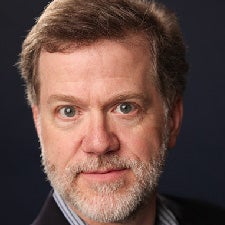
J. Duncan Moore, Jr.
External Author
J. Duncan Moore Jr. is a freelance writer based in Kansas City, Missouri, who has been writing about health care for more than 25 years. He is a founder of the Association of Health Care Journalists.

Kyusung Gong
Visual Artist
Kyusung Gong is an independent photojournalist based in Los Angeles and the Orange County area. He is a former staff photographer at the Orange County Register. He is working on an MFA degree in photography at the Academy of Art University and is a journalism lecturer at Cal State Long Beach.

